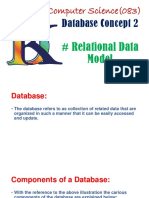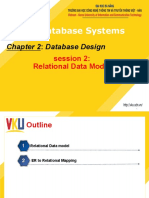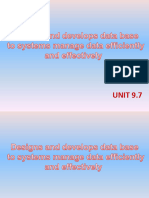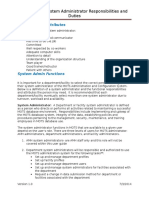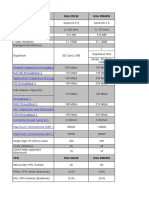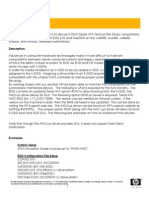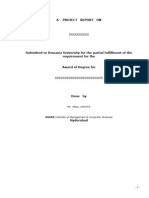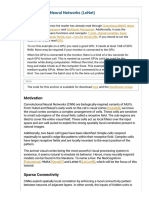0% found this document useful (0 votes)
18 views27 pagesIFS02A1 Week 3
The document presents an overview of the relational database model, focusing on its logical representation, table structures, and key characteristics. It discusses the importance of keys, integrity rules, and relationships within databases, as well as the role of data dictionaries and indexes. Additionally, it outlines Dr. Codd's 12 relational database rules that govern the structure and management of relational databases.
Uploaded by
sibahletanaka999Copyright
© © All Rights Reserved
We take content rights seriously. If you suspect this is your content, claim it here.
Available Formats
Download as PDF, TXT or read online on Scribd
0% found this document useful (0 votes)
18 views27 pagesIFS02A1 Week 3
The document presents an overview of the relational database model, focusing on its logical representation, table structures, and key characteristics. It discusses the importance of keys, integrity rules, and relationships within databases, as well as the role of data dictionaries and indexes. Additionally, it outlines Dr. Codd's 12 relational database rules that govern the structure and management of relational databases.
Uploaded by
sibahletanaka999Copyright
© © All Rights Reserved
We take content rights seriously. If you suspect this is your content, claim it here.
Available Formats
Download as PDF, TXT or read online on Scribd
/ 27
































